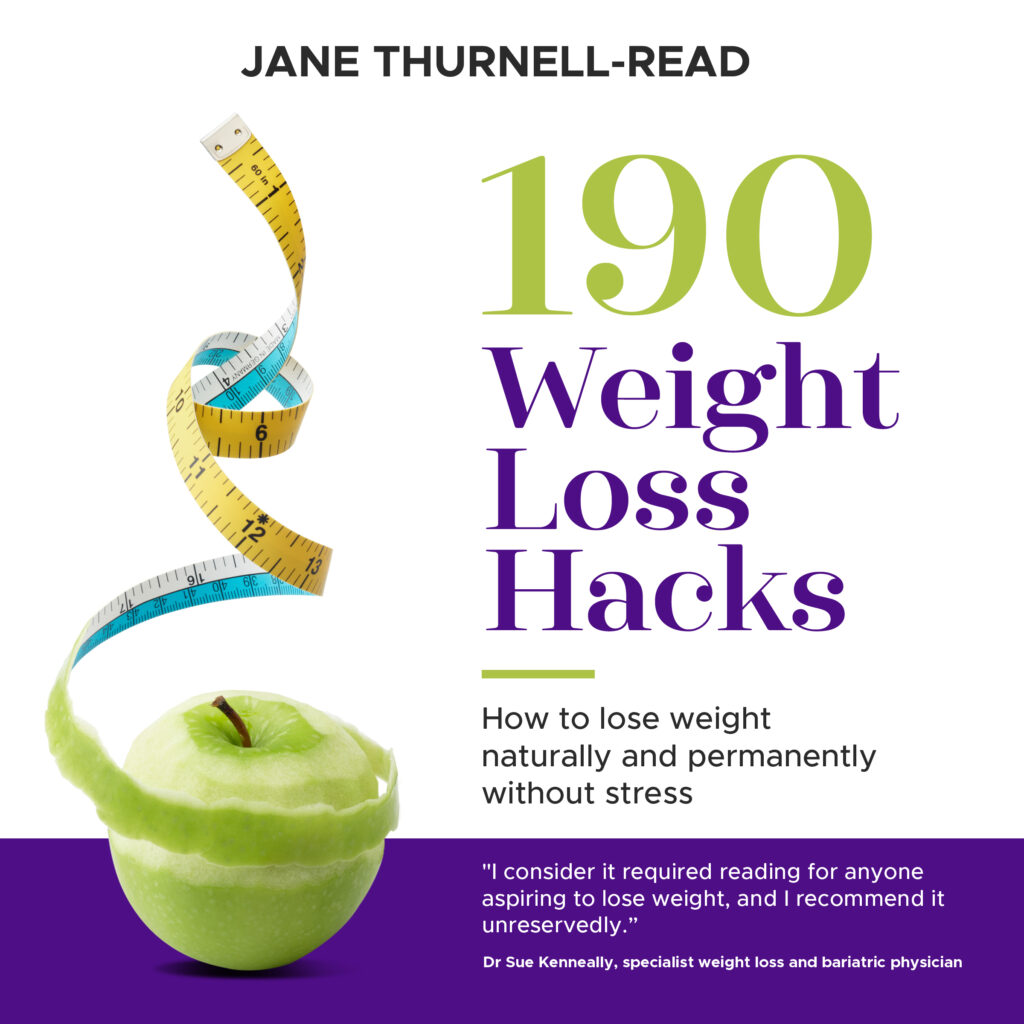Many parents want their children to eat healthier food but struggle to find an effective way to do it. Shouting, wheedling, and bribing don’t work or only work for a short time. We feel they are influenced by television, their friends, or just engage in a power struggle with us. But there is a solution. That solution varies depending on your child’s age.
Here is a summary of what the research says.
What determines what foods children like?
A study in the Netherlands examined what determines children’s preferences. It found that preferences vary with age.
4- to 5-year-olds liked or disliked food mainly based on appearance and texture. They spontaneously mentioned soft, high-energy foods, such as pancakes and French fries, and sweet fruits as their most preferred food. This group was also more likely to be offered a reward if they ate well. Parents would often try to disguise healthy food that the child disliked.
Can you prepare healthy food in a way that meets your child’s appearance and texture preferences?
7- to 8-year-olds liked composite dishes and meat, besides soft, high-energy foods and fruits. Composite dishes are food dishes with various ingredients, such as pizza or vegetable pie. Caregivers also tried to disguise disliked food.
11- to 12-year-olds were more influenced by taste. They liked what the other two age groups liked and also spontaneously mentioned composite dishes with vegetables as the principal component. Caregivers in this group will talk about the effort they have put in to produce the food, as a strategy to get the children to eat.
Vegetables came out as least favourite food in all age groups. A promising finding was that fruits (especially apples and strawberries) were liked and that almost all children liked at least one vegetable.
A reason often mentioned for eating fruits and vegetables at a particular time was “Because I eat it at that time”. So if we teach children to have more fruit and vegetable eating times during the day, we could increase their intake.
Parents as role models
Research unsurprisingly shows that if you want to increase vegetable consumption among your children, you need to act as a role model. This is probably important more generally too.
Another study looked at repeatedly offering young children a choice of vegetables. Children were served a small piece of vegetable three times a week for five weeks. A sticker was given as a reward to children trying a vegetable. One group just offered one vegetable (broccoli) and the other group offered a choice of three vegetables (broccoli, zucchini/courgette and peas). The strategy of offering multiple vegetables to the children was the most successful, at increasing the children’s consumption of vegetables.
Yet another study found that both the mother and the father need to set a positive example in eating vegetables, fruit and berries for 3-5-year-old children. This was particularly true for cooked vegetables.
What food-related behaviour can you model for your children? Do remember you need to persist with the behaviour in a natural way, not expecting immediate results.
Half a plate of fruit or veggies
United States Dietary Guidelines say that children’s plates should be 50% fruit or vegetables. In a controlled feeding study from Penn State University (USA), the researchers tested two strategies for encouraging kids to eat more fruits and vegetables.
The first was simply adding 50% more to fruit and vegetable side dishes at kids’ meals throughout the day. The second was substituting 50% more fruits and vegetables for an equivalent weight of the other foods. For example, if they added 50 grams of veggies to the lunch meal, they also subtracted 50 grams of mac-and-cheese.
The researchers found that adding more fruit and vegetable side dishes resulted in the kids eating 24% more veggies and 33% more fruit compared to the control menus. Substituting fruits and veggies for some of the other foods resulted in kids consuming 41% more veggies and 38% more fruit.
Researcher Barbara Rolls said the findings suggest ways parents, caregivers and schools can help encourage healthy eating:
“When deciding what to feed kids, it’s easy to remember that half of the food should be fruits and vegetables. If you start seeing that you’re serving too much and have more waste, you could cut back the higher calorie-dense food while adding more produce. Experiment and have some fun trying different fruits and vegetables to see what they like and so you can serve meals with a sensitivity to their personal taste.”
The variety effect
I talk about the variety effect in detail in another post. For now, just remember if you want your children to eat more fruit and vegetables give them a variety rather than just one type.
If you want them to eat less of some foods, reduce the variety of it.
Getting young children to eat more healthily
We know that vegetables are good for us, but a lot of children don’t want to eat vegetables.
The first is research on three to five-year olds. The study is published in the Journal of Nutrition Education and Behavior. In the study, Lanigan and her colleagues wanted to see if statements that t simply convey the benefits of healthy food would influence their choices. Before beginning, the 87 children in the experiment ranked how much they liked four foods chosen from different food groups including, green peppers (vegetable), tomatoes (vegetables), quinoa (grain), and lentils (protein). The children were then offered two of the foods they liked the least twice a week. Over the six-week experiment, the researchers presented the children one of their low-rated foods with information about the benefits of the food. The other food was merely given to them to taste.
A month later the children were eating twice as much of the food that was accompanied by positive information compared with the food that was just served to them with no comment.
The phrases were chosen to represent accurate nutritional information, but in a way that reflected the goals of three- to five-year-old children. So, for example, when lentils were given, the researchers would tell the children that this will help you grow bigger and run faster.
Another research paper reviewed other research and concluded that repeated taste exposure is the most effective strategy for increasing vegetable intake in preschool children. The strategy was recommended for use by parents and carers with emphasis on unfamiliar and disliked vegetables and at least eight to ten exposures.
More time means more fruit and veggies eaten
Melissa Pflugh Prescott, assistant professor in the Department of Food Science and Human Nutrition at the University of Illinois conducted a study with elementary- and middle-school-aged children enrolled in a summer camp. She found:
When kids sit down to eat lunch at school, fruits and vegetables may not be their first choice. But with more time at the lunch table, they are more likely to pick up those healthy foods. If we want to improve children’s nutrition and health, ensuring longer school lunch breaks can help achieve those goals, according to research from the University of Illinois.
So, that’s how to tempt young children to eat more healthy food, but what about teenagers?
How to get teenagers to eat more healthy food
Many teenagers love junk food and will eat it to excess and turn their noses up at salads. Parents are often at their wit’s end. A research project by Christopher J. Bryan and others from the University of Chicago Booth School of Business has found that a simple and brief intervention can provide lasting protection for adolescents against the harmful effects of junk food marketing.
Food marketing is deliberately designed to create positive emotional associations with junk food and connect it with happiness and fun. The researchers went into classrooms and taught groups of students about the way junk food manufacturers try to hook consumers on addictive junk food for financial gain. Control groups were given factual information about healthy food.
The students were followed over three months. The girls ate less junk food regardless of whether they were in the experimental or control groups. For the boys the marketing exposure was much more effective; they reduced their daily purchases of unhealthy drinks and snacks in the school cafeteria by 31 percent in that time, compared with the control group.
So regardless of your child’s age you can try these strategies to get them to eat better, but remember to use the age-appropriate strategy.
Weight Loss
Naturally And Permanently Without Stress
- Research-based information about what works
- Simple mind-set changes
- Strategies you don’t already know

Healthy Ageing
Unlocking the Secrets to Longevity
- Research-based information to give you hope and inspiration
- Simple changes you can make now
- Information you don’t already know

Menopause
Stop Hot Flashes And Lose Weight
- Research-based information you need to move forward
- Get back in control of your health
- Practical proven strategies to live well

-
How to deal with fat shaming: strategies for confidence and resilience
Fat shaming doesn’t help people lose weight. In fact, it may well do the opposite – stop them losing weight or even mean they put weight on.
-
How to avoid your health getting worse when you get older
An old friend’s health is deteriorating as she is gettting older. She asked my advice. This is what I said.
-
The link between mindfulness and healthy eating: what you need to know
If you do a lot of “mindless eating”, practicing mindfulness can be very beneficial. It’s teaching you how to catch unhelpful thoughts quickly




